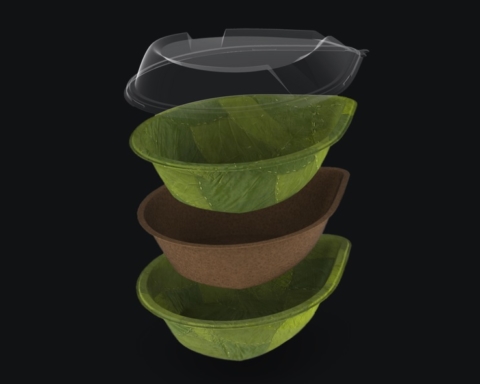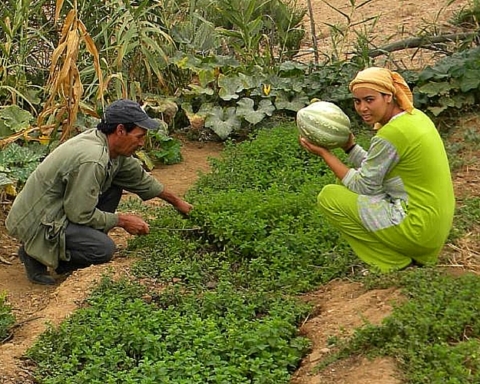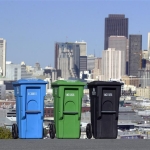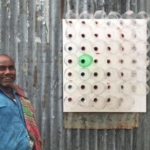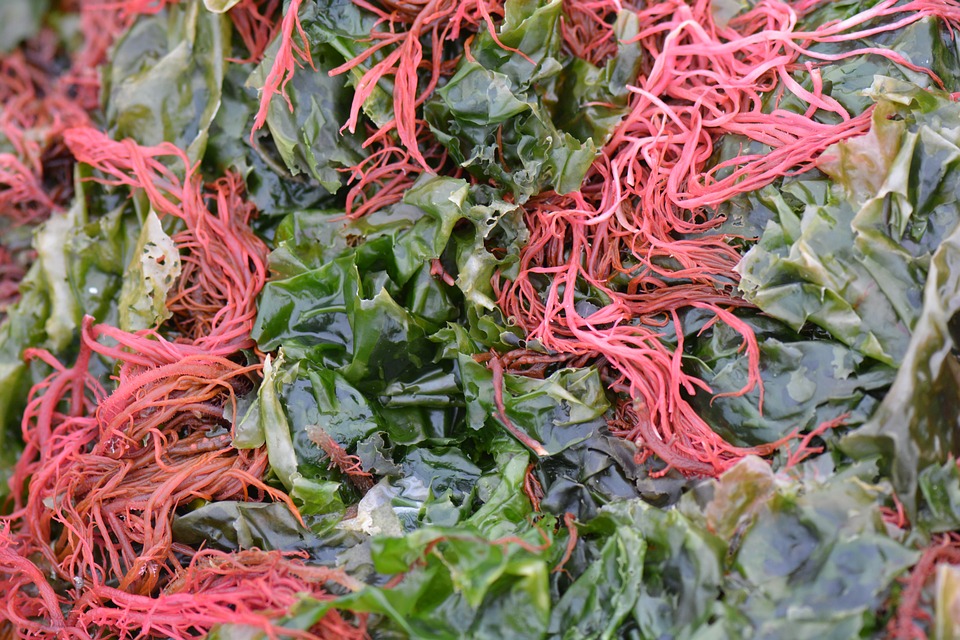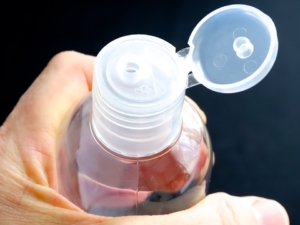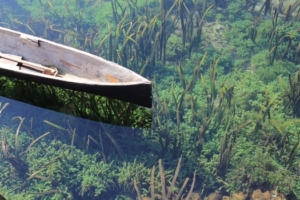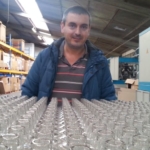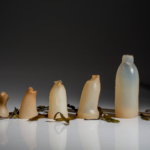A French engineer created a 100% biodegradable plastic
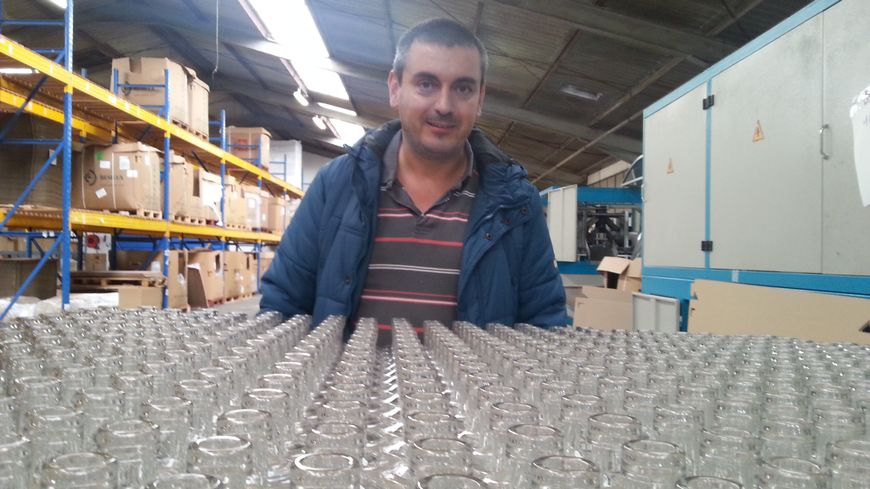
In an article last year, we featured a young Icelandic who produced a bottle of biodegradable water from seaweed. We can now say he is not alone as in France Nicolas Moufflet, is the first person in the world to launch the concept of bottles made from sugar cane or even olive kernels. Thanks to a secret process, these bottles are biodegradable and compostable. Read more



